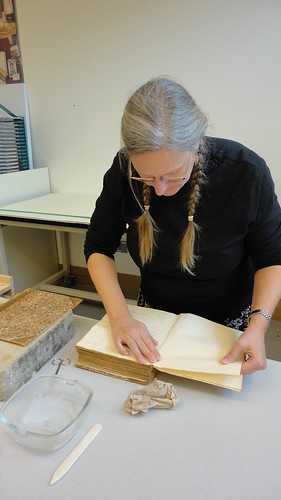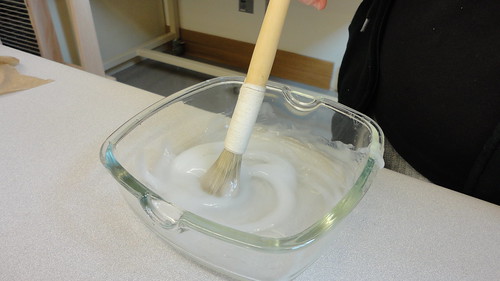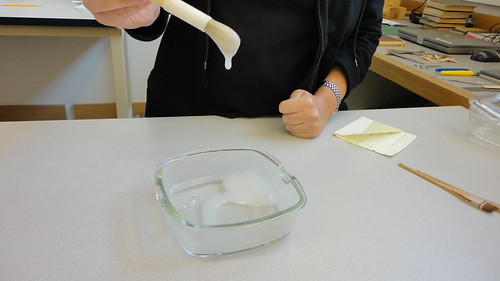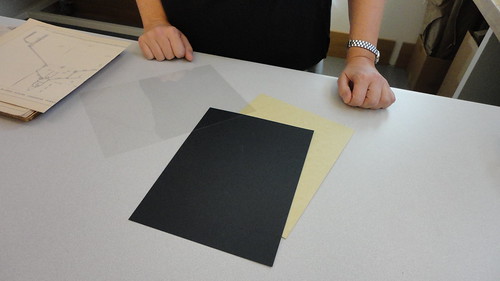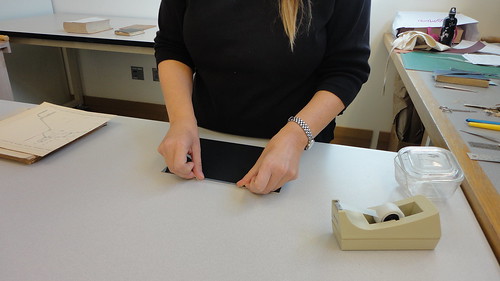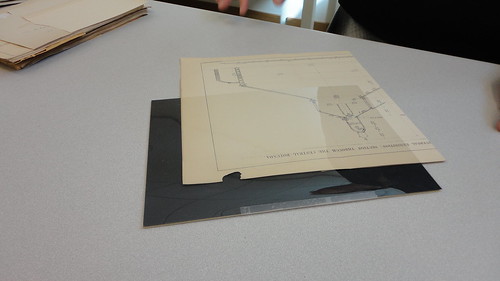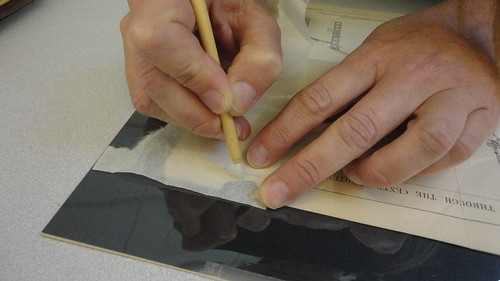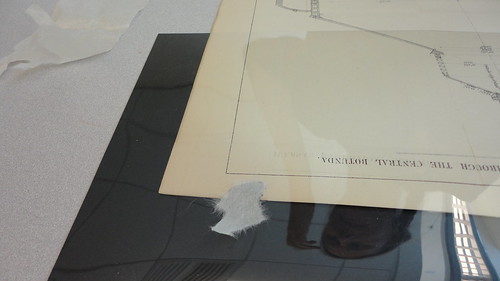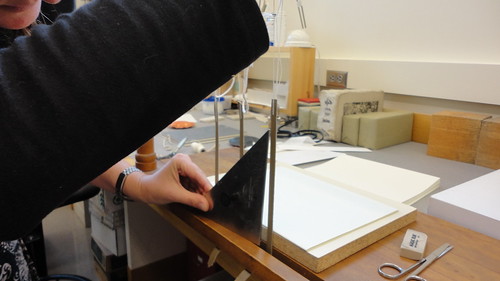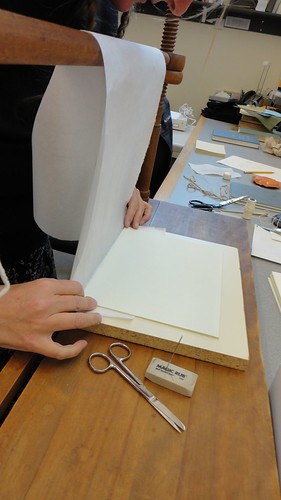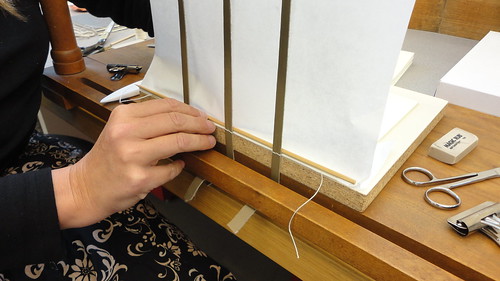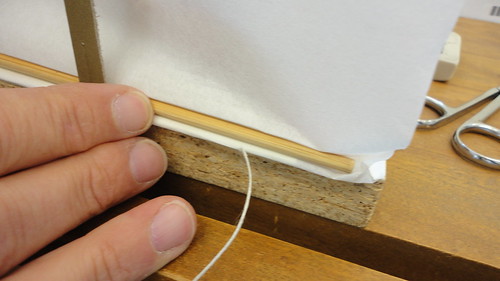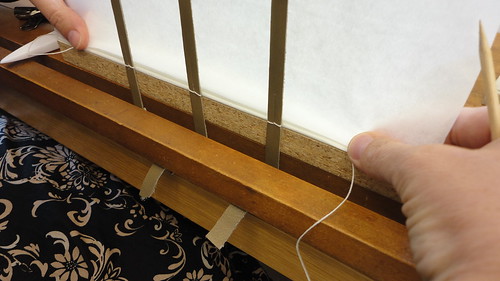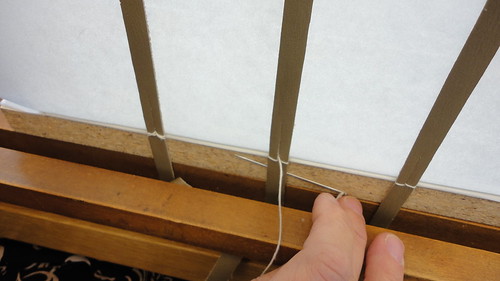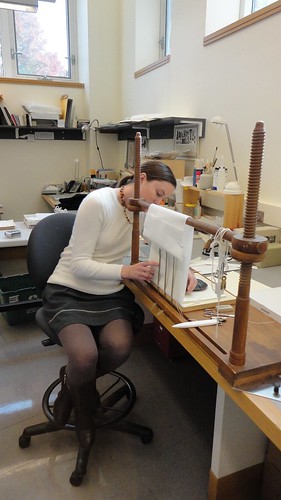The Association of Moving Image Archivists is the professional organization for those who are involved with preserving and making accessible film and video. I attended the recent conference in Austin, TX and came away with a couple of good tools:
Hannah Frost from Stanford University presented this new tool, the AV Artifact Atlas, for understanding video and audio technical issues. The goal is to create a reference work with examples so that non-technical folks will be able to identify what is wrong with their video, learn the cause of the problem, and confirm if there is anything that can be done to correct it.
The tool is actually a wiki and will eventually be open for additions from the audio-visual community. As someone who is coming to film and video preservation without a technical background this is a fantastic guide to help me talk to media experts. For instance, I’d never heard of “quilting” other than as a hobby but now I know how to recognize it and sadly, that it can’t be corrected.
The National Archives has made public their guidelines for reformatting materials and the context for the digitized items that they produce. I’ll be looking at these documents with a goal of updating Dartmouth Library’s digitization specifications and to develop a media preservation guide. This will also build on the ideas Helen picked up at DLF, detailed in the session notes from Strategies for Film and Video Digitization.
Finally, clips from “The Orozco Mural Quetzalcoatl” were shown both at the Reel Thing technical session and Archival Screening Night. Russ Suniewick of Colorlab showed some before and after footage to demonstrate how they were able to restore the film to its original color after it had experienced magenta dye-fade; I showed a four-minute clip at Archival Screening Night as a teaser for the Spring 2012 world premier. Watch this blog for that announcement.
Written by Barb Sagraves




